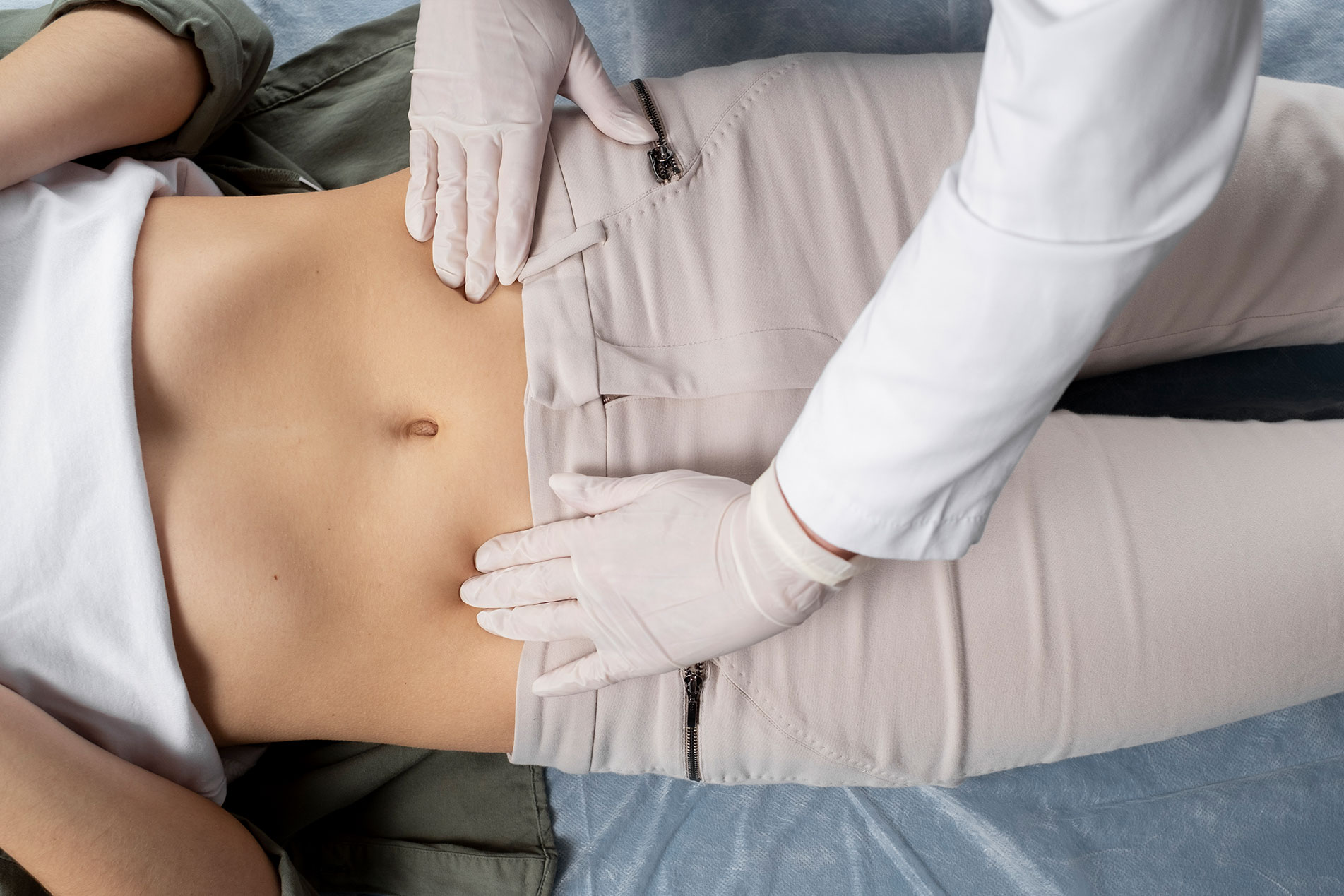The clitoral hood, a fold of skin also known as the foreskin, serves the purpose of protecting the clitoris—a highly sensitive organ.
Clitoral hood reduction, also referred to as clitoral hoodectomy, is a cosmetic surgical procedure aimed at reducing the size of the clitoral hood. The clitoral hood plays a vital role in preventing excessive sensitivity of the clitoris. Some individuals may have larger clitoral hoods that are prone to irritation, while others may seek to enhance clitoral sensation. Clitoral hood reduction can address these concerns. This procedure is commonly performed on individuals who experience discomfort during sexual activity or who feel self-conscious about the appearance of their genitalia. Clitoral hood surgery is a relatively quick and straightforward operation that usually takes less than one hour to complete. It can be performed as a standalone procedure or in conjunction with other genital cosmetic surgeries, such as labiaplasty or vaginoplasty.
Ideal candidate for Clitoral Hood Reduction:
- Dealing with excess skin on the clitoris.
- Enhancing the appearance of your genitalia.
- Addressing asymmetry of the clitoris.
- Alleviating discomfort during sexual activity.
- Enhancing accessibility of the clitoris for heightened sexual pleasure.
- Reducing irritation caused by clothing friction against a large clitoral hood or labia.
Recovery will involve the following measures:
- After the surgery, it is normal to experience pain, swelling, and discomfort. To manage these symptoms, Dr. Rani will prescribe antibiotics and painkillers.
- Cold compresses should be applied to the operated area for 10 -15 minutes, resting for 40 minutes before reapplication.
- A spray bottle filled with lukewarm water can be used while urinating to soothe the stinging sensation. Gently dab after passing urine.
- After passing stools the area needs to be cleaned with water. Pat dry the area after cleaning with water.
- It is advisable to wear loose-fitting cotton undergarment to prevent any irritation to the treated area. When lying down, you can elevate your bottom using pillows for added comfort.
- To support the healing process, it is recommended to avoid alcohol and smoking for approximately two weeks.
- For a proper recovery, refrain from engaging in sexual intercourse or using tampons for a period of six weeks.
- Additionally, it is important to avoid activities such as running, swimming, heavy lifting, or cycling for at least six weeks following the surgery to prevent any strain or complications.
Frequently Asked Questions
There are potential risks of bleeding, hematoma, infection, nerve damage, as well as the possibility of under-resection or over-resection.
Majority of individuals who undergo clitoral hood reductions, often in combination with labiaplasties, are highly satisfied with the results. The procedure can enhance the appearance and comfort of external genitalia.
A clitoral hood reduction alone does not directly increase sensitivity. However, the procedure involves exposing more of the clitoris, which is an extremely sensitive area. Having a larger portion of the clitoris accessible can potentially result in heightened sexual sensation.
It is recommended to abstain from any sexual activity for a period of four to six weeks following clitoral hood surgery.


